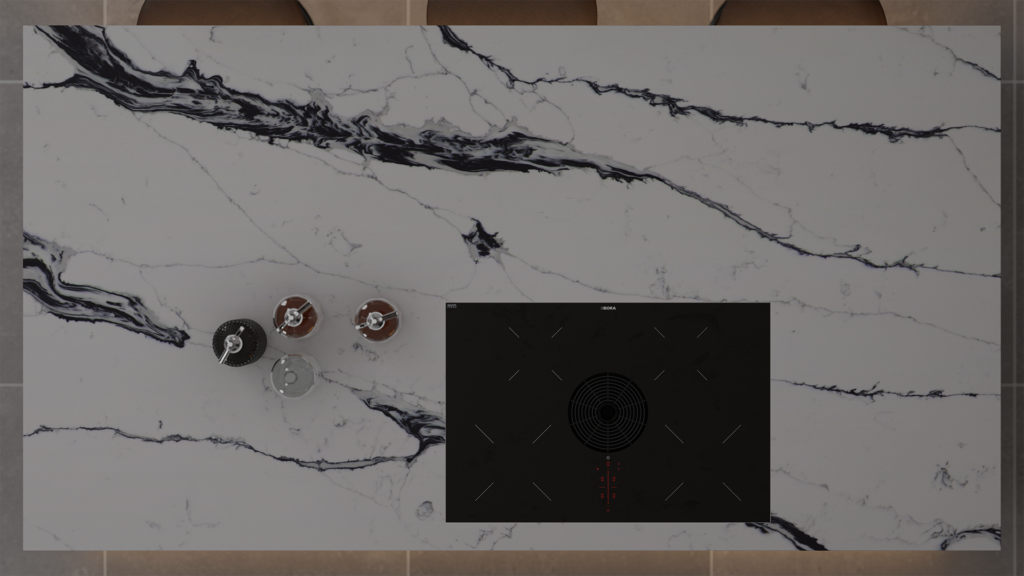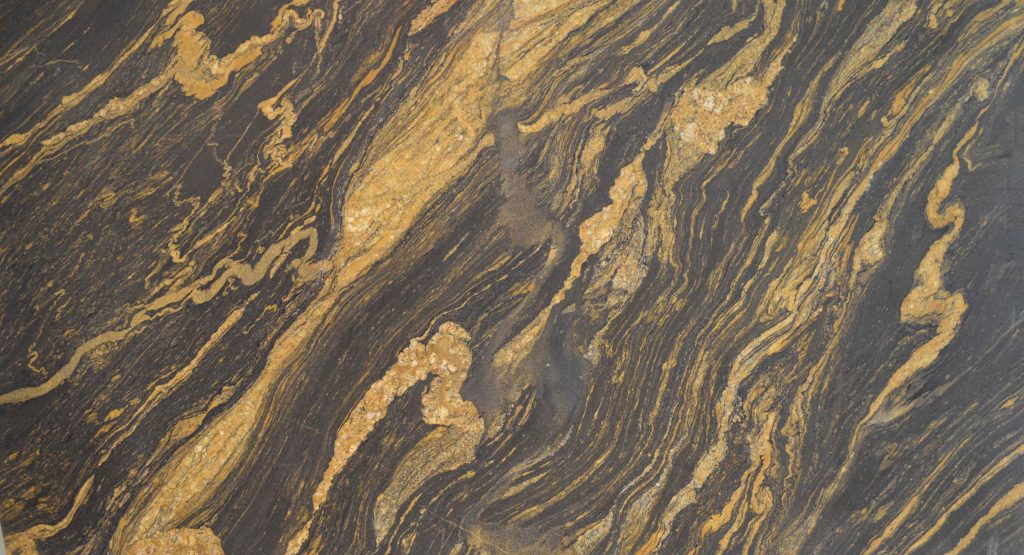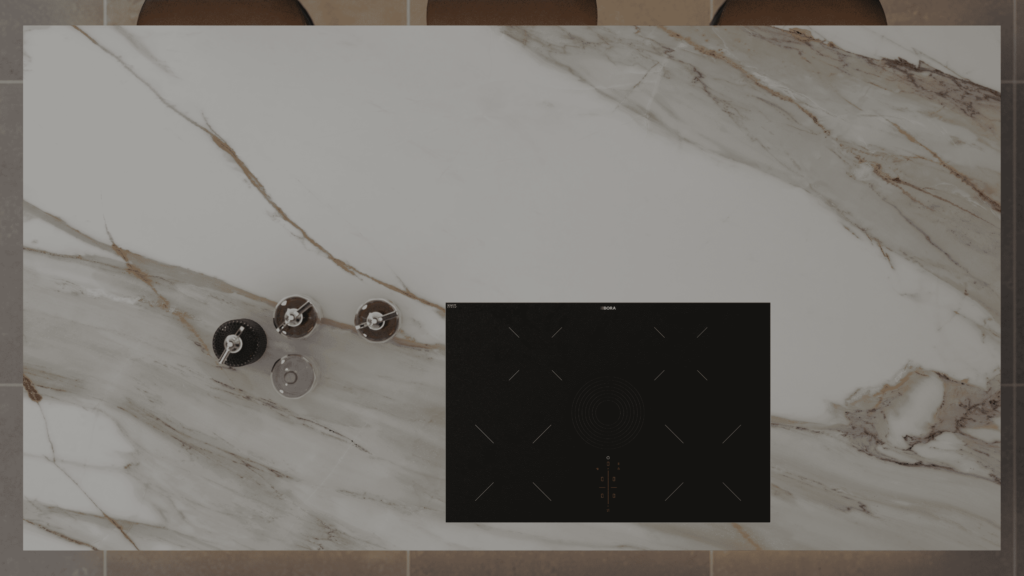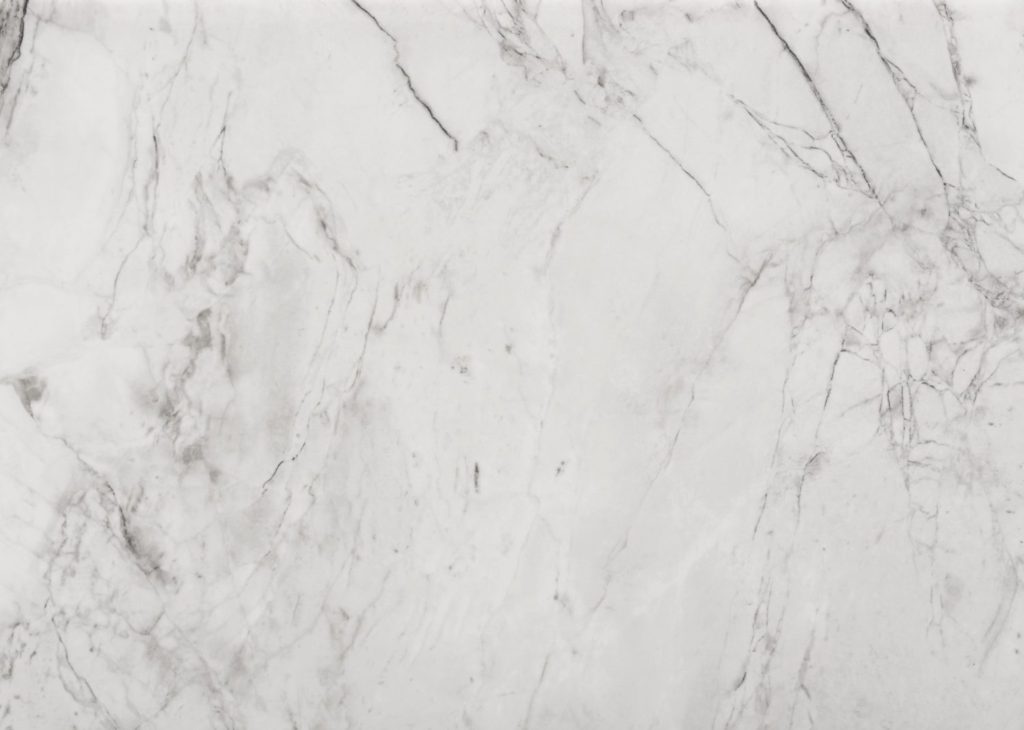Rosetta Stone
Stone Worktops
The Rosetta Stone
Imagine attempting to read a book written in a language that no one has spoken in over a thousand years. That was the issue historians faced while attempting to decipher ancient Egyptian hieroglyphs. The Rosetta Stone altered everything. It gave the key to unlocking ancient Egypt’s riddles and is still regarded as one of the most important archaeological discoveries in history.
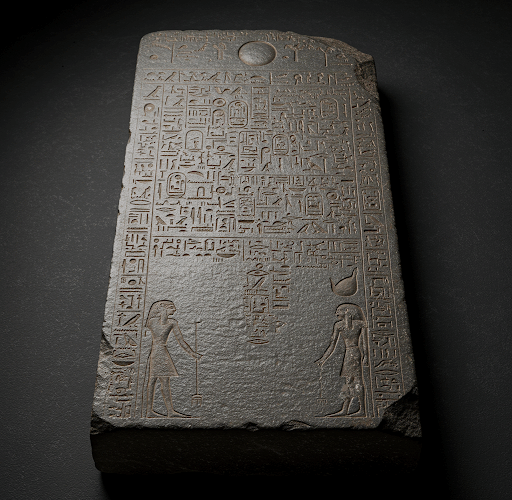
Choose Material
The Appearance of the Stone
Material and Size
Made of granodiorite, a speckled, dark-colored rock, the Rosetta Stone is hefty—about 1,700 pounds and roughly 4 feet tall. It’s not fancy, but it’s powerful in what it represents.
Condition Upon Discovery
The stone was damaged; the top portion had broken off, so we’re missing parts of the text. Still, the remaining portions were enough to change history.
The Inscriptions
The Three Scripts
What makes the Rosetta Stone so remarkable is that it contains the same text written in three different scripts:
-
Hieroglyphic (used for important or religious documents)
-
Demotic (the common script of daily Egyptian life)
-
Ancient Greek (the language of the administration at the time)
Languages Used
While all three scripts reflect the same language at heart—Egyptian—the Greek version was the most readable at the time of discovery, which made it the starting point for scholars.
Hieroglyphic
The most ornate and complex of the scripts. It was used by the elite and inscribed on tombs and temples.
Demotic
A cursive script that simplified hieroglyphs for everyday use—like ancient Egyptian shorthand.
Ancient Greek
Since scholars already understood Greek, this part of the stone became the key to deciphering the other scripts.
Purpose of the Text
Decree by Priests
The inscriptions detail a decree from a council of priests affirming the royal cult of Ptolemy V, a teenage king. It was basically ancient Egypt’s version of a PR statement.
Honoring King Ptolemy V
It praised the king’s generosity and religious devotion, ensuring his legitimacy and divine favor.
The Role in Deciphering Hieroglyphs
Why It Was the Key to Understanding Egyptian Writing
Because the same message was written three times in three scripts, scholars could use the Greek as a translation tool to crack the hieroglyphic code.
Comparative Analysis of the Scripts
This comparative analysis was like solving a bilingual riddle. By matching names and words across the scripts, researchers were able to start identifying patterns and symbols.
Jean-François Champollion’s Breakthrough
Early Attempts by Others
Before Champollion, scholars like Thomas Young made progress by identifying proper names like “Ptolemy.” But full decipherment remained out of reach.
How Champollion Cracked the Code
In 1822, Champollion realized hieroglyphs were a mix of phonetic sounds and symbolic meanings. That lightbulb moment changed everything.
The Process and Challenges
It took years of obsessive work, comparative linguistics, and an almost photographic memory. Champollion even used Coptic—a descendant of ancient Egyptian—as a clue.
Impact on Egyptology
Opening Up Ancient History
Once scholars could read hieroglyphs, thousands of inscriptions, tombs, and scrolls suddenly made sense. It was like turning on the lights in a dark room.
Enabling the Translation of Other Texts
The stone unlocked not just one script but a civilization. Texts once thought to be decorative turned out to contain rich histories, religious beliefs, and personal stories.
Political and Historical Significance
French vs. British Ownership
Although the French discovered it, the British seized the Rosetta Stone in 1801 after defeating Napoleon in Egypt. Since then, it’s been a subject of international dispute.
The Stone in Modern Geopolitics
Egypt has repeatedly called for its return, citing cultural heritage. The British Museum has yet to budge.
The Rosetta Stone Today
Location and Display at the British Museum
You can find the Rosetta Stone in Room 4 of the British Museum in London. It’s the museum’s most visited object—yep, even more than the mummies.
Debates About Repatriation
There’s ongoing debate about whether artifacts like the Rosetta Stone should be returned to their country of origin. Many argue it’s time for the stone to go home.
Replicas and Legacy
Educational Use
Replicas exist in museums and universities worldwide, helping students and scholars understand ancient writing systems.
Cultural Symbolism
The term “Rosetta Stone” has even become a metaphor for any critical key to understanding complex problems—like the “Rosetta Stone of genetics.”
Fun Facts About the Rosetta Stone
-
The text isn’t magical—it’s a political decree!
-
It was missing for over 1,000 years.
-
“Rosetta Stone” is also a popular language-learning software brand.
Myths and Misconceptions
-
Myth: It was created for translation purposes.
Truth: It was a temple decree—translation was a lucky side-effect. -
Myth: It’s one-of-a-kind.
Truth: Other trilingual inscriptions exist, but none as famous or helpful.
Why It Still Fascinates Us
The Rosetta Stone bridges worlds—modern and ancient, East and West, language and mystery. It’s a symbol of discovery, curiosity, and the power of knowledge.
Conclusion
The Rosetta Stone isn’t just a chunk of rock—it’s a time machine. It gave us access to an entire civilization, sparked global intrigue, and turned a dusty artifact into a symbol of scholarly triumph. And the best part? It reminds us that even the biggest mysteries can be unraveled, one clue at a time.
Rosetta Stone FAQs
Here are some frequently asked questions about the Rosetta Stone (the ancient object):
What is the Rosetta Stone?
The Rosetta Stone is a fragment of an ancient Egyptian stele, a type of inscribed stone slab. What makes it incredibly important is that it contains the same decree inscribed in three scripts: hieroglyphic, Demotic (a cursive script used by everyday Egyptians), and ancient Greek.
Why is the Rosetta Stone so important?
Its significance lies in the fact that it provided the key to deciphering Egyptian hieroglyphs. Scholars had been unable to understand hieroglyphic writing for centuries. Because the same text was also written in the known language of ancient Greek, it allowed them to finally decode the hieroglyphs and unlock a vast amount of information about ancient Egyptian culture, history, and religion.
When was the Rosetta Stone discovered?
The Rosetta Stone was discovered in 1799 during Napoleon’s campaign in Egypt. It was found by French soldiers who were rebuilding a fort near the town of Rashid (Rosetta).
Where is the Rosetta Stone now?
The Rosetta Stone has been housed in the British Museum in London since 1802. It is one of the museum’s most popular and significant exhibits.
How did the British get the Rosetta Stone?
After the French defeat in Egypt, the Rosetta Stone, along with other antiquities, became the possession of the British under the terms of the Treaty of Alexandria in 1801. It was then transported to Britain.
What does the inscription on the Rosetta Stone say?
The inscription is a decree issued in Memphis, Egypt in 196 BC on behalf of King Ptolemy V. It details the various good deeds that the king had done for the priests and the people of Egypt. The decree was intended to establish the legitimacy and divine authority of the ruler.
What is the Rosetta Stone made of?
The Rosetta Stone is made of a dark, granodiorite rock.
How big is the Rosetta Stone?
The fragment measures approximately 112.3 cm (44.2 in) high, 75.7 cm (29.8 in) wide, and 28.4 cm (11.2 in) thick.
Is the Rosetta Stone complete?
No, the Rosetta Stone is not a complete stele. It is a fragment, and parts of the original inscription are missing, particularly at the top and the right side.
Are there any controversies surrounding the Rosetta Stone?
Yes, there has been ongoing debate and calls from Egypt for the repatriation of the Rosetta Stone. Many Egyptians believe that the stone was taken unfairly and should be returned to its country of origin as a vital part of their cultural heritage. The British Museum maintains that it was acquired legally and that it is best placed in London where it can be seen by a global audience.
Hopefully, this answers your questions about the actual Rosetta Stone!
